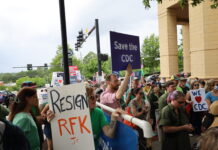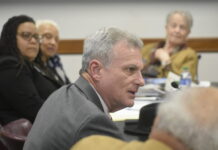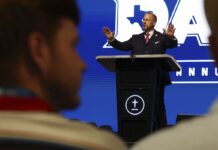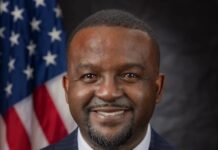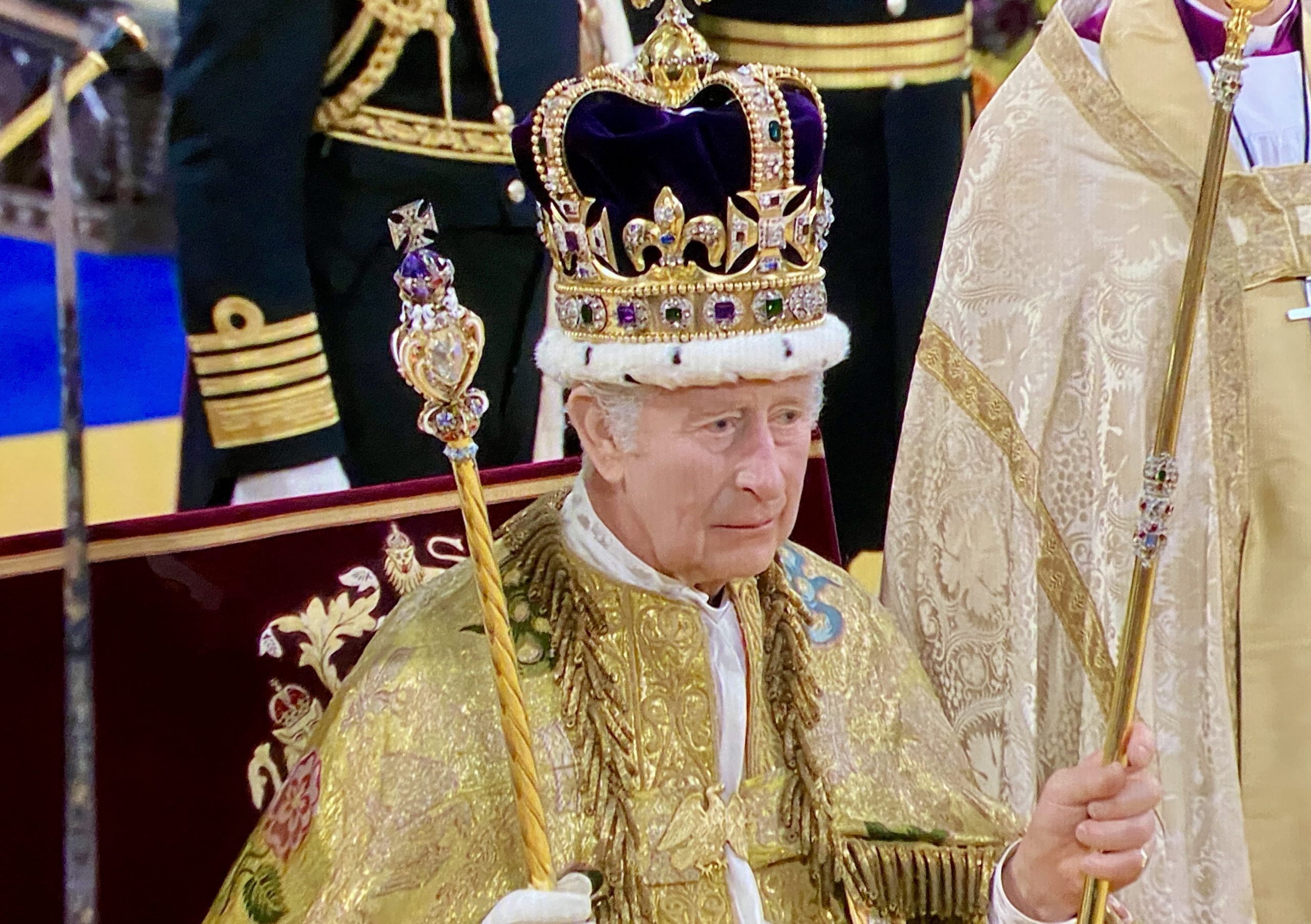
On Saturday, King Charles III and Queen Camilla were officially crowned in a coronation ceremony at Westminster Abbey. This marked the first coronation at the abbey since Charles’ mother, Queen Elizabeth II, was crowned in 1953. Thousands of cheering people lined the streets of Central London as Charles and Camilla made their procession from Buckingham Palace in a golden carriage drawn by eight horses. About 200 members of the British military, largely from the Household Cavalry Regiment, were mounted on horses as part of the procession.
The couple disembarked from their carriage at the Great West Door of Westminster Abbey, flanked by church officials and followed by support staff dressed in red uniforms. Bells rang outside, and trumpets and singing filled the inside of the Abbey as the ceremonial processional began.
In his first spoken part of the ceremony, Charles said that he has come to “serve, not to be served” and to follow the example of the “king of kings.” After being presented to the audience and repeatedly proclaimed as king, Charles swore a series of oaths that relate to his responsibilities in this new role.
The most senior clergyman in Britain, Archbishop of Canterbury Justin Welby, told those present that “we are here to crown a king, and we crown a king to serve.” Welby later blessed oil that would be used to formally anoint Charles. As the choir sang again, Charles removed several layers of his robes and entered behind a screen where he was anointed by the oil, hidden from public view but close to the altar.
Over the course of several minutes, Charles was presented with several symbolic items, including swords and spurs, many centuries old, ahead of his crowning. The heavy crown was placed on Charles’ head as he held two golden rods — one in each hand — as he sat silently upon a 700-year-old wooden throne. Archbishop Welby shouted, “God Save the King,” and those gathered responded in kind before thundering trumpet fanfare.
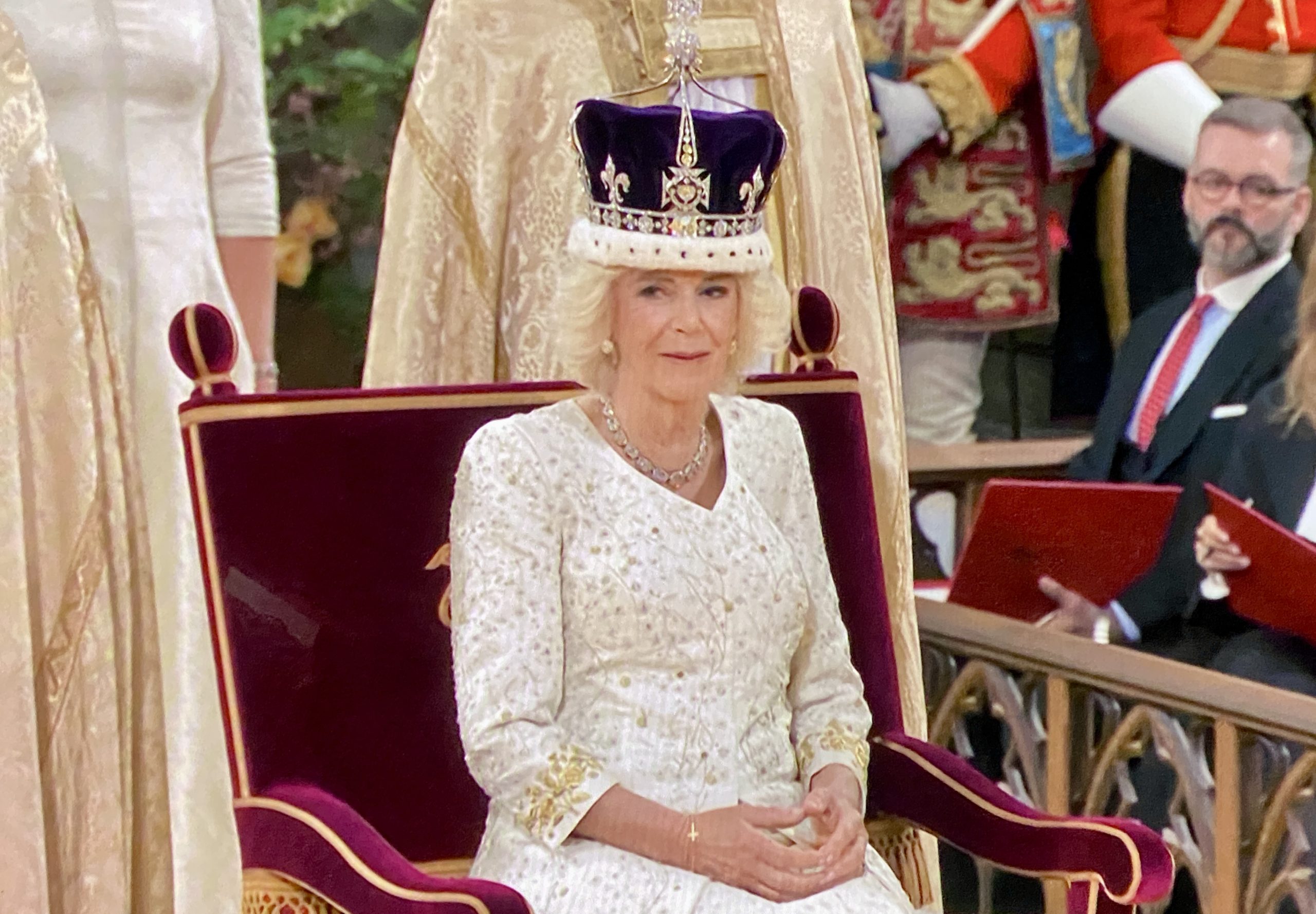
Camilla was crowned as queen shortly after and sat alongside her husband in identical chairs as the choir began to sing.
Prince William pledged his allegiance to the king and, in one of the most personal moments of the ceremony, gave his newly-crowned father a kiss. Prince Harry attended the ceremony without his wife and family. He did not participate in the ceremony and, after the ceremony, did not appear on the balcony of Buckingham Palace with other royal family members.
A coronation of firsts
For the first time, the coronation ceremony included the active participation of faiths other than the Church of England: Buddhist, Hindu, Jewish, Muslim, and Sikh leaders participated. It was described as Christian worship that reflects contemporary society. The ceremony also included female bishops for the first time.
The congregation included singers such as Lionel Richie and Katy Perry, who will perform at a concert organized to celebrate the coronation over the weekend. British Prime Minister Rishi Sunak read a passage from the Bible, and several of his most senior ministers also attended the ceremony.
U.S. first lady Jill Biden was also in attendance, alongside former British leaders, including Liz Truss, Boris Johnson, David Cameron, Gordon Brown, and Tony Blair. However, not everyone was supportive. Anti-monarchy protesters were arrested on the edge of Trafalgar Square, with the London Metropolitan police force announcing a “significant operation” in the city center.
The coronation cost taxpayers around $125 million, and over 11,000 officers were deployed across the capital on the day of the ceremony.
The coronation was viewed on television by hundreds of millions of people worldwide.
Festivities will continue across Britain through this weekend as the the nation celebrates its first new monarch in 70 years.

